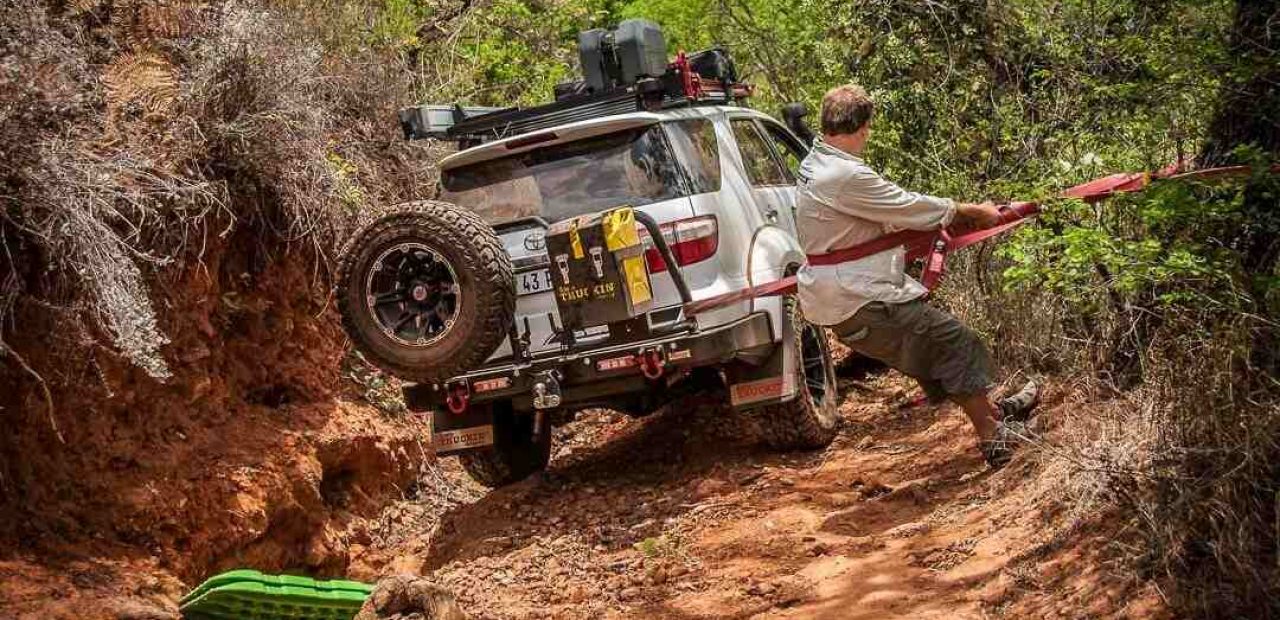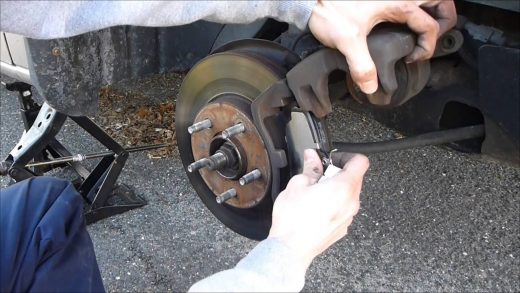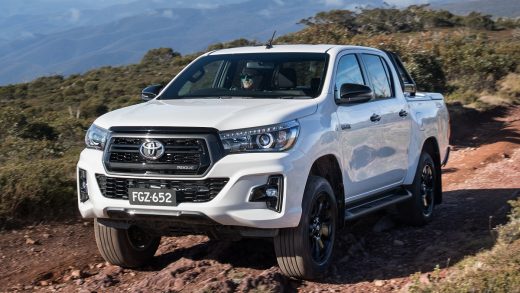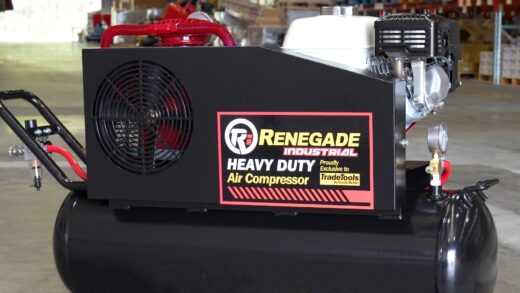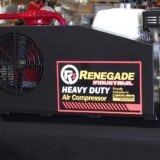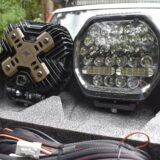Everything you need to know about 4×4 Recovery Kits
Off-roading is one of the best things you can do in Australia, and there are literally thousands of enthusiasts who swear by it. However, there is an occasional problem that can happen from time to time that every off-road enthusiast should be aware of, and that’s getting stuck in unfortunate places. That’s where recovery kits come in. They’re more affordable than most 4×4 accessories, and there’s a lot of different types of recovery tools available, which is why you should always invest in a good kit so as to avoid getting stuck somewhere in the outback.
Contents
The Basics
In general, having 4×4 recovery equipment is incredibly important. You might get stuck in a place that you definitely don’t want to be, and merely getting stuck can be quite unpleasant. In order to even start using recovery gear, you need to have recovery tracks. Even though there are several tracks to choose from, such as roll-out tracks and metre-long boards, they are the basic component of recovery 4×4 off-road kits. Having one pair is usually good enough, but for the best efficiency, it’s recommended to have two pairs. They are designed to be slotted in front of the bogged wheel so as to provide a surface for the wheel to grip. They can also easily withstand the weight of the vehicle, so you shouldn’t worry about that.
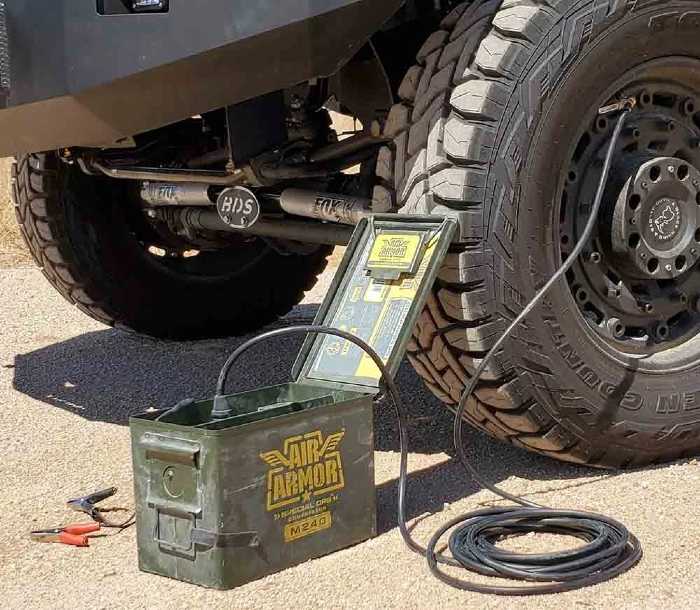
Portable Air Compressor
Tyre pressure is one of the most important things when it comes to traction on different types of soil. If you’re driving on loose tracks, soft sand, or mud, it’s best to slightly release air so as to reduce tyre pressure in order to widen the tyre’s footprint and grip. Once you’re back on the road again, you can easily inflate the tyres with a portable air compressor so that you can resume your off-road adventure. Inflating and deflating tyres is a regular occurrence when you’re driving on roads that are not just tarmac, which is why having good quality 4WD recovery gear is pretty much a must.
Tyre Deflators
If you’re planning on using an air compressor, then you would definitely need tyre deflators as part of your 4wd recovery gear. They’re great to use because they’re so simple, and on top of that, they are very precise for deflating your tyres. They’re small brass caps that you screw onto your tyres and then use a valve to let the air out. They’re a lot easier to use than things like screwdrivers and pins, and especially if you have to haunch down and let the air out totally manually. On top of that, you won’t need to keep checking the pressure with a gauge, making the tyre deflators a mainstay recovery equipment piece.
Plastic Traction Recovery Tracks
When your wheel starts slipping, there’s nothing better to use than plastic traction tracks. They’re a great way to provide a piece of road with traction so that your wheels will stop slipping, and before you know it, your stuck vehicle will be free of the soil. These tracks allow your vehicle to build some momentum, and they can easily accommodate a vehicle that’s as heavy as ten tonnes, although most tracks accommodate vehicles with a weight of around four tonnes. They’re also quite long for such tracks, as they’re around one metre long, so they need to be mounted on the outside of the vehicle. There are also special mounts that you can use so as to best stow away the tracks.
Shovel
Nothing beats a good shovel when it comes to efficiency for digging something out of the soil. While it’s definitely manual labour, and that might be difficult for some people, it’s much better to depend on your own hands for some tasks. When you’re looking for a good shovel, it’s always a good choice to choose a high-quality metal-bladed one. Just make sure that you’re picking one with a strong handle because those are ideal for clearing away obstructions or filling holes. Although, it’s worth noting that some foldable shovels are only useful if you’re planning on saving space because they’re not that good for digging, at least for the purposes of recovery.
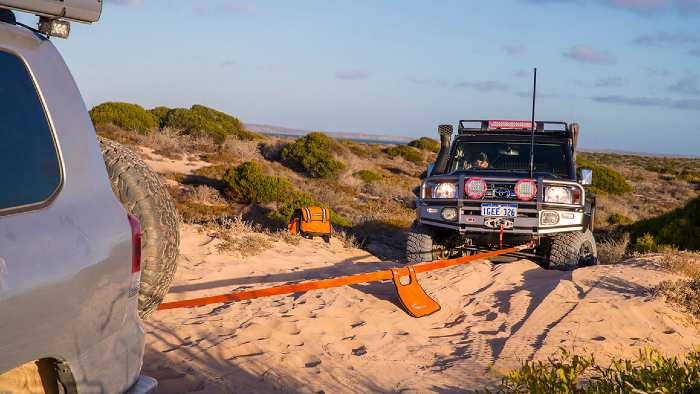
Tow Rope
Something you might need an extra bit of boost to get your vehicle out of the mud, in which case it might be great to get help from another car. Using tow rope is the ideal thing to use because you definitely don’t want the other car ramming yours. Both might get stuck in the same spot, and even worse, both cars might get significantly damaged, no matter how light the ramming is. When you’re towing the car, try to get it towed from the back so as to avoid getting the engine and windshield damaged. Try to use ropes that have a soft loop woven in at each end, and not ones that have cheap hooks fitted on them. If the hook slips you risk not only damaging the vehicle, but also some of the bystanders helping you out, not to mention yourself.
Hi-Lift Jacks
Hi-Lift Jacks, or sometimes called Farmer’s Jacks, are very useful for heavy lifting and winching tools. They can be quite difficult to work with sometimes because they have no good footing, so they can topple sideways. While they’re definitely simple to use, make sure not to forget that they’re quite heavy and need to be extremely well-secured before use. You should always keep them maintained, greased, and cleaned from dust and dirt so that the lifting mechanism will be able to work without a hitch.

